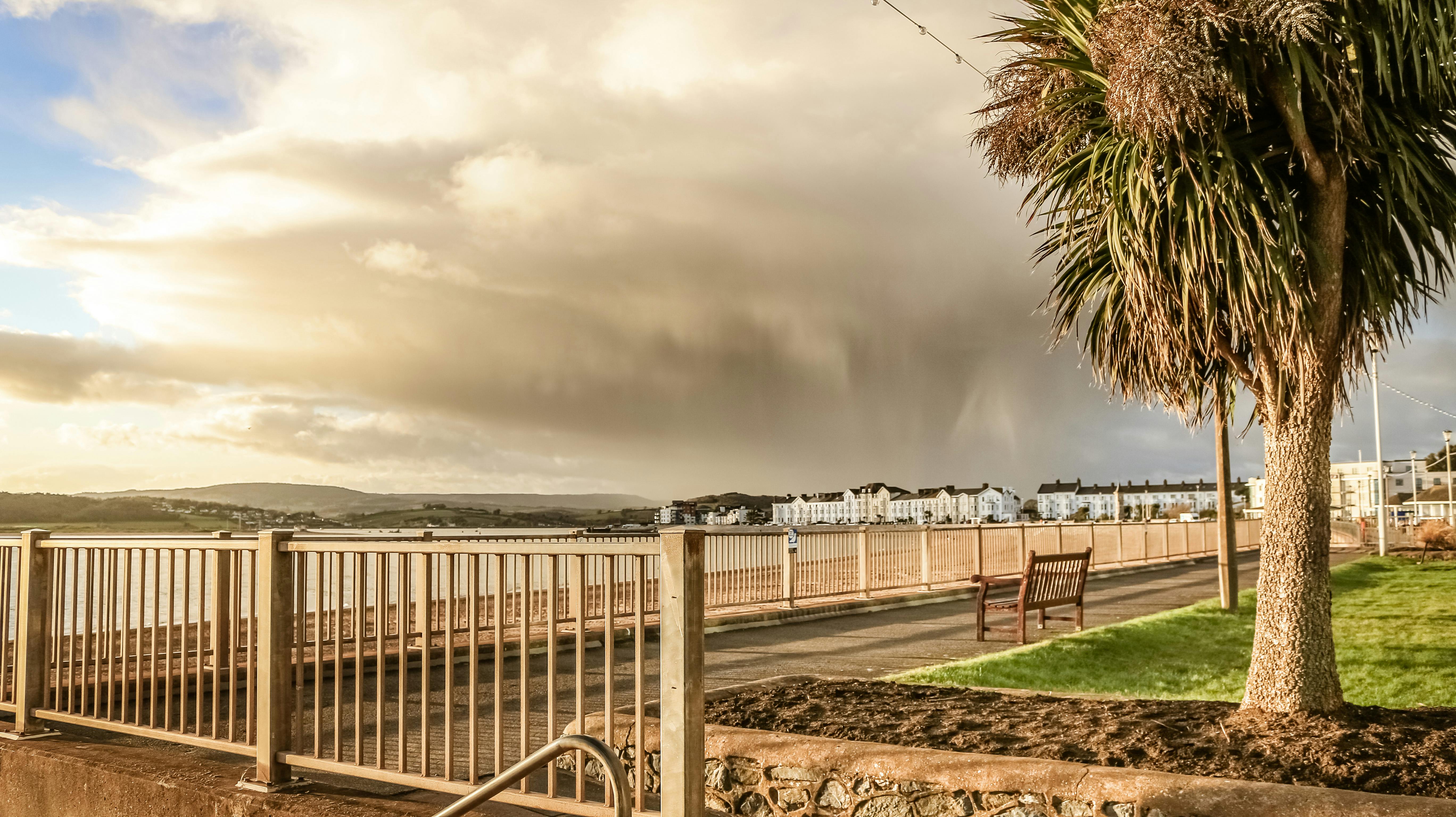Serendipity is a wonderful thing: the discovery of something when one is not seeking to discover it. Oregon Caves, in the southwestern part of the state, is a good example.
Elijah Davidson went out one day in 1874 to hunt deer with his dog. After taking down a deer, his dog caught the scent of a bear. The bear fled through a hole in the ground. To the hunter’s dismay, his dog climbed into the hole behind the bear. Now what was he supposed to do? Let your dog get himself out of the jam or go in and try to rescue him. Not quite sure what he was going to find, he went after it with only matches for light and ended up discovering the most wonderful cave in Oregon.
You can discover the Oregon Caves for yourself by taking a tour of the 480-acre (194-hectare) Oregon Caves National Monument. Perhaps the first thing your tour guide tells you is how Elijah Davidson discovered these caves. The end of the story of his initial discovery is that he ran out of matches while he was still in the cave. Fortunately, he followed an underground stream, and luckily, his dog soon followed. A close call for both.
The entrance to the 44 degree Fahrenheit (7 degree C) cave is a locked door for which your tour guide has the key. One thing to remember about this cave is that it is still actively growing, so you should not touch any of the features. The oils in your skin stop the growth of cave decorations by preventing the calcium carbonate from combining with the existing feature.
After passing the aptly named Great Column, enter the Joaquin Miller Chapel, one of the prettiest rooms in the system with its well-spaced columns. They form when a stalactite growing from the ceiling joins a stalagmite growing from the ground to form a single structure. These features grow at the rate of 1 millimeter (about 1/25 of an inch) every hundred years. Try to estimate how long it might have taken for the 12-inch (30 cm) diameter Great Pillar to form: about 30,000 years!
But the biggest room is still ahead. It is quite a sight to see and the guide turns off the lights, leaving only the light of a candle, which was how the first explorers of the cave saw it. No offense to modern electric lighting, but a cave seems bigger and more mysterious by candlelight. No wonder this is called the Ghost Room. Then again, it’s nice to have the option to see it both ways.
Such a large room has some surprises on its walls. Up a set of stairs, which are almost steep enough to qualify as a ladder, is a secret room that was one of the last major rooms to be discovered. And your first impression of this small circular room is one of being overwhelmed. One of the first tour guides in these caves was Walter Burch, who discovered this room. It seems that dozens of marble parachutes are about to descend on you. He thought the sight of all these shelves and columns was a wonderful sight and its location away from the main room led him to call it Paradise Lost. Walter Burch also discovered the Ghost Room five years earlier.
The terms geologists use for cave features help you determine what you’re looking at on your tour. The original rock of the cave when it formed is called speleogenous, since it was generated when the cave came into existence. Features that accumulate over time in the original rock are called speleothems. This includes stalactites, which form from mineral-laden water dripping from the ceiling; stalagmites, which grow upward from mineral-laden water falling to the ground, and columns, which form when these two features meet and continue to grow. To help remember which is which, remember that “c” for “ceiling” is in the word “stalactite” and “g” for “floor” is in stalagmite.
There may also be a line of water that drips along a wall and the minerals collect out of the wall forming what are called curtain caves and angel wings.
An additional attraction, if you want to call it that, is one that the National Park Service found while rebuilding the trail. For this reason, they decided to divert the path to highlight the discovery. And what is this new feature? Fossil black bear bones from the ice age. In another part of the cave are the oldest Grizzly fossils in North America, and they were discovered in late 1997. There is a mystery for you. How did the bears get so far into the cave?
While you’re thinking about that, you might also want to think about how a Jaguar got into the Ghost Room and became fossilized. His remains have also been found here. Well, geologists know that the cave had other openings in the past that have since been covered up, so these unfortunate critters may have fallen down a now hidden shaft into the cave.
You shouldn’t find anything so shocking on your return to the surface world. The monument has three surface trails for your exploration, including a nature trail that introduces you to the area’s old-growth forests. The Big Tree Trail takes you to the largest Douglasfir in Oregon.
The Oregon Caves National Monument is a fun place to visit for any nature enthusiast passing through southern Oregon.
If you go
Cave tours are run by a private concessionaire: Discovery Cave You will need to be reasonably fit to take a cave tour. Young children must be at least 42 inches (107 cm) tall and be able to pass a simple stair climbing test in order to attend. Children cannot be brought. The cave has more than 500 steps, and only the first room in the cave is wheelchair accessible.
The cave tours fill up quickly, especially during the summer, so try to get there early. Except for Thanksgiving and Christmas, the monument is open year-round and cave tours are offered beginning March 24. Due to the threat of spreading White Nose Syndrome, you should not use anything you have previously used in another cave. The hours that the tours begin and end vary depending on the season; check the Oregon Caves website for the most up-to-date information.
The dealership also offers off-trail tours where you’ll get muddy, but you’ll be able to see places the regular tour won’t. There is also a candlelit tour of the cave so that visitors can see the cave the way the original explorers would have seen it. Both types of tours are offered only during the summer.
While you wait for your tour, you may want to walk across the street to check out the historic Oregon Caves Chateau, a 6-story, 24-room hotel that was built from local materials in 1934. It’s hidden in a waterfall with a trout laying.
Oregon Caves is 20 miles east of Cave Junction which is on US 199 between Grants Pass, Oregon and Crescent City, California at the end of Oregon Highway 46. US 199 can be a little challenging for longer rigs , but it’s a beautiful detour and a lovely respite from Interstate 5. Also known as the “Highway of the Caves,” Highway 46 narrows and winds its last 8 miles. You will need to get to the monument in your tow vehicle, if you are in a trailer, or in your towed vehicle if you are in a motorhome.
You cannot camp at the monument. The Siskiyou National Forest has campgrounds nearby. There are several private RV parks in nearby Cave Junction and Selma.



